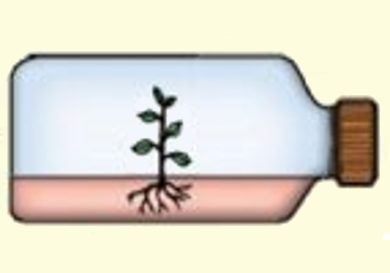In 1996, the first genetically engineered (GE) crops were introduced. Based on data from the last 20 years and from 900 researchers, an extensive study was conducted by 50 scientists for two years on biotech crops and its effects on human health and the environment. The report Genetically Engineered Crops: Experiences and Prospects was released by the National Academies of Sciences, Engineering, and Medicine.
According to the report, no higher risk to human health and safety can be found for GE food currently on the market than for non-GE food. This was shown by studies with animals and research on the chemical composition of GE foods and their non-GE counterparts. Insect resistant or herbicide tolerant crops do not reduce the overall diversity of plant and insect life. The study shows that sometimes insect resistant crops even resulted in increased insect diversity and that they benefit to human health by reducing insecticide poisonings.
Farmers who adopted commercially available biotech crops had good economic outcomes, according to the report. It also mentions that GE crops are in development that benefit human health. An example is rice with increased β-carotene content to help prevent blindness and death caused by vitamin A deficiencies.
Information about the report and the possibility to comment the results is possible at nas-sites.org/ge-crops.
- Genetically Engineered Crops, Experiences and Prospects, The National Academies Press, Washington, DC, USA, 2016.
Also of Interest
- Clever Picture: GM Crops,
Lisa-Marie Rauschendorfer,
ChemViews Mag. 2013.
DOI: 10.1002/chemv.201300052
What are GM Crops? What is their benefit? How are they made? What risks are there? - Plant Biotech Trends 2014,
ChemViews Mag. 2015.
Biotech crops reached 181 million hectares in 2014 with the US and Brazil still dominating the global market




